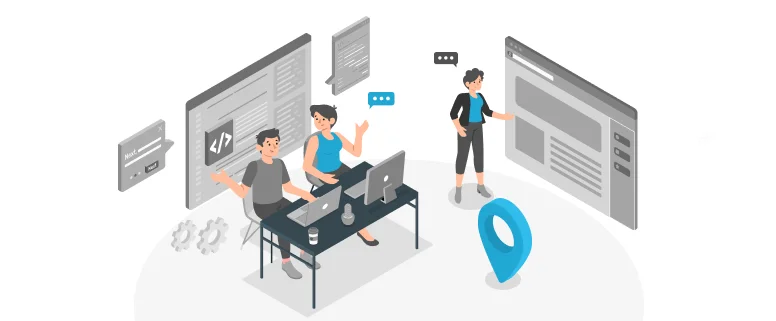Enhancing E-mail Customer Service
The advent of e-mail has been a major boon to small and mid-sized businesses, which can now keep in contact with customers in a more personal way and on a more regular basis. E-mail is considered the fastest-growing customer service channel, as a Jupiter Research study forecasts it will jump from 2.9 billion e-mails in 2005 to 7.2 billion by 2010.
At the same time, e-mail can be used by our customers to troubleshoot any problems they have with our products or services, provide us feedback, and ask us any number of questions. Whether we realize it or not, e-mail has become a valuable tool through which we provide customer service and because of that it’s important to know how to use this medium correctly.
Here I want to say something about my thought of writing email
• Follow standard rules of grammar, punctuation, and capitalization. Although e-mail appears less formal than a hand-printed letter, e-mail projects an image of us and our business, especially for CCJK, because translation take large part of our business . Misspellings and poor grammar will reflect poorly on the quality of our staff and service.
• Use a professional, yet conversational tone. Avoid jokes, clichés, and abbreviations. Only use abbreviations if you know your readers will understand them. Here I want to share my experiences with you. Last week, I got a French customer from Ben, very quickly, this customer place a order of more than 7000 words, I am very glad and sent her a email to show my friendship, it’s Friday, I thought why not wish her have a good week-end, so I wrote something like “you are the boss for yourself, your working time is very flexible and maybe you have to work on week-end but I still hope you have a nice week-end ”, I just want to give her my wish but I wrote a long sentence, it’s the cliché.
• Be brief and make the message easy to read. Lead with the most important information, in case the reader doesn’t finish the message. And make the subject line compelling.
There are other components to good e-mail customer service in addition to grammar and content.
1. Respond promptly. Nothing more outrages a customer with a complaint, a defective product, or questions than sending an e-mail and waiting and waiting for some type of response from a business. We need to respond immediately to each customer e-mail, even if it’s with an automated response that lets them know when they can expect us to respond personally.
2. Solve our customers’ problem. Don’t just send an e-mail saying that you received a customer’s question or complaint. Make sure you find an answer or a solution and get back to them with it ASAP.
3. Send a follow-up e-mail. After you provide information to your customer, send a follow-up note in a few days to make sure your customer was satisfied with your help.
4. Ask them to fill out a survey. If you want feedback about their experience with your business, your product, or your customer service, ask them to fill out a survey.
5. Turn the customer contact into an opportunity. Now that you have started a correspondence with the customers, ask for permission to contact them again or see if they would like to receive promotions or coupons or your e-newsletter.


